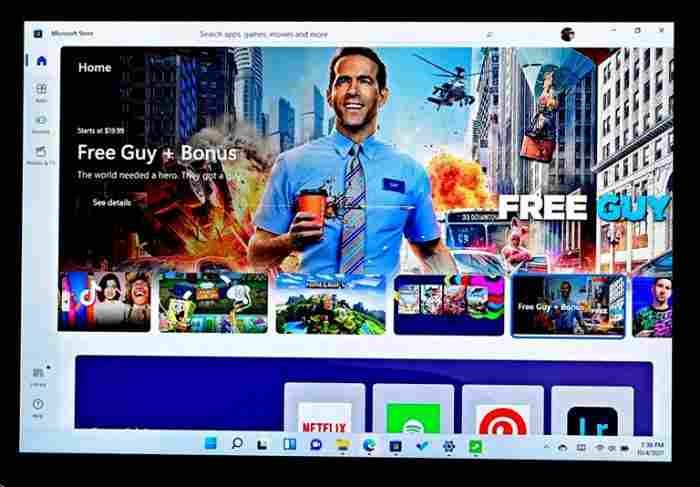Microsoft Store apps and games now have the ability to show more than 2,000 user ratings.
- More than 2,000 customer reviews may now be shown for each product in the Microsoft Store.
- Previously, the number of reviews that could be displayed was limited due to a technical issue, but that has been resolved.
- Rudy Huyn, Microsoft’s Principal Architect in charge of the Microsoft Store, announced the development via social media.
It wasn’t until this week that the Microsoft Store could display more than 2,000 ratings for each item in its catalog. Since then, a patch has been implemented by the team in charge of the shop. On Twitter, Microsoft Principal Architect Rudy Huyn, who is in charge of Microsoft Store design, announced the news:
According to Huyn, the limit on the number of displayed evaluations was a result of “an outdated technological constraint. The problem has been resolved, allowing additional reviews to display in the Microsoft Store.. For instance, Huyn gave the instances of games that had 66,000, 219,000, and 536,000 reviews respectively. Obviously, this is a significant increase from the prior limit.
This was a problem that had to be fixed since “an outdated technological constraint prevented the #MicrosoftStore from showing more than 2,000 ratings per product in the past,” Huyn stated.
The Microsoft Store team has made it simpler to find the top Windows apps and the greatest PC games based on user evaluations following an upgrade. If you’re seeking to buy an app or game, you may feel very secure purchasing one with thousands of reviews and a high rating. For instance, despite the fact that Minecraft has received 536,000 evaluations, it has retained a 4.5/5 rating.
When Windows 11 was released, Microsoft reaffirmed its commitment to the Microsoft Store, and it continues to make improvements to it on a regular basis. Huyn gained a name as a developer of third-party Windows programs before deciding to switch to Dropbox. In 2019, Huyn was hired as the principal architect lead of the Microsoft Store by Microsoft, where he now works.
